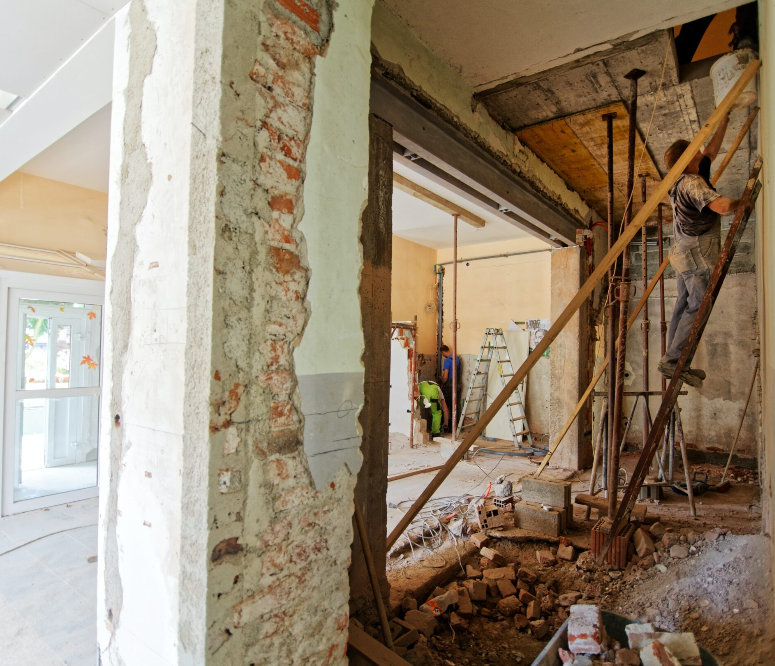
When you’re investing in clean power, quality and risk control matter more than hype. You want a plan that anticipates issues, locks in reliability, and keeps your project on schedule. That starts with clear goals, verified materials, and a workflow that scales from the first site walk to final inspection. In Concord, teams that deliver consistent results coordinate permits early, test every circuit, and document each step. That rigor helps protect your budget and timeline. If you’re comparing solar companies concord, look for transparency on component specs, safety practices, and performance targets. Ask how they handle shading analysis, roof loads, and utility interconnections. You’ll get better outcomes when the crew uses proven checklists, not guesswork. Below, you’ll see a practical playbook you can apply right away, including simple examples you can adapt to your home or small business.

Define system size and risk guardrails from the start in your area
Start by mapping energy goals, roof constraints, and must-have outcomes, then tie each to testable checkpoints. Learn more at North Valley Solar Power CA today for details. Set a target kWh offset, preferred Solar panel placement, and limits on roof penetrations. Include time for utility reviews. Choose a target inverter load ratio so teams can verify design assumptions.
Translate goals into a one-page scope table that your crew and electrician can follow. A small bakery might need midday peak support, while a home might aim for weekend usage; plan circuits and breakers accordingly. Document how power will route to the main panel, and where shutoffs will sit for first responders. Insist on labeled drawings before ordering parts, and keep all changes tracked to avoid confusion with solar installers concord.
Choose Solar panel options and inputs for stronger performance
Component choices drive performance and durability, so compare module wattage, warranties, and temperature coefficients. For quick comparisons see NorthValleySolarPower Concord before you commit. In hot summers, low temperature coefficients help hold production; on shaded roofs, module-level power electronics often win. Match rail spans to roof structure, and verify corrosion resistance in coastal air. Confirm uplift values for your specific ridge height.
Standardize on a vetted parts list to reduce substitutions that create risk. For instance, a light commercial carport may require thicker gauge wiring and sealed connectors. A residential retrofit might prioritize black frames for curb appeal, but never trade away grounding integrity. Request spec sheets for every component, including racking torque values and inverter operating ranges from solar providers concord.
Coordinate permitting and crew scheduling without bottlenecks
Without a tight schedule, even a simple job can drift and bleed cost. Get a head start with NorthValleySolarPower.com site and keep tasks aligned. Use a calendar that locks in delivery windows. Create a shared timeline that starts with engineering, then permitting, then material delivery, then installation, then inspection. Hold short stand-ups to clear blockers.
A typical home project might book structural review in week one and target utility sign-off by week three. If weather threatens, move to pre-fab tasks. Keep backup installers on call during critical days to avoid idle cranes. Capture as-built photos after each phase so the final punch list is fast for solar installation companies concord.
Meet standards and utility requirements with documented inspections
Compliance is more than passing the final visit; it’s designing for safety from the start. Keep everyone aligned with northvalleysolarpower.com as you build your checklist. Reference NEC articles by circuit in your plan set. Label DC disconnects, arc-fault protection, and rapid shutdown devices exactly as required. Include working clearances on drawings so inspectors see diligence, not guesswork.
Run a pre-inspection with a fresh set of eyes to catch loose ends. Example: verify bonding jumpers on painted rails and torque tags on each clamp. Test voltage at the service point and confirm polarity before energizing the system. Photograph labels and equipment nameplates so utility reviewers can check data quickly during interconnection with solar installation.
Plan upkeep and service to protect long-term output
Performance doesn’t end at commissioning; it grows with steady care. For a simple plan see read more and set reminders. Track output against weather to spot string issues early. Clean modules only when soiling hits measurable thresholds, using soft water and approved tools. Plan thermal scans in summer to catch failing terminations.
Create a homeowner guide with photos that notes shutoff locations, warranty contacts, and expected outputs by season. A duplex owner might plan semiannual checks, while a small shop might align with HVAC service visits. Keep receipts for any part swaps so warranty claims are smooth. Revisit system settings after roof work and note who performed the work with solar installers concord.
In short, a quality-first approach ties clear scope to the right parts, a realistic schedule, and rigorous compliance. That mix cuts rework and keeps your project performing year after year. Confirm who owns each step and how results will be measured before you begin. When you compare solar installation companies concord and solar providers concord on these points, you’ll know which team is ready to deliver.




